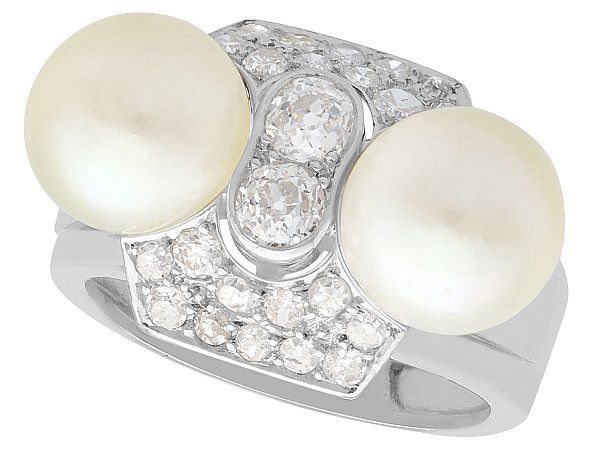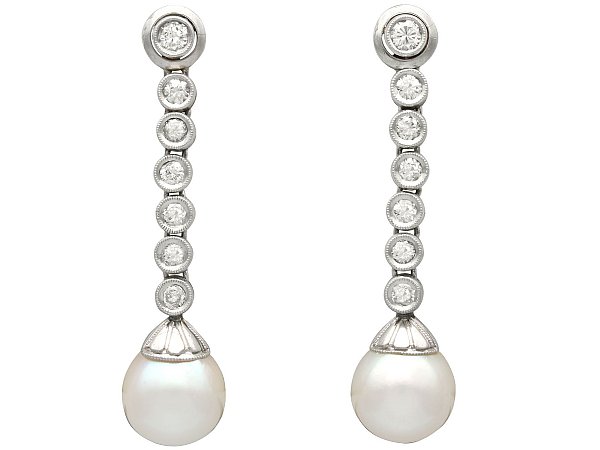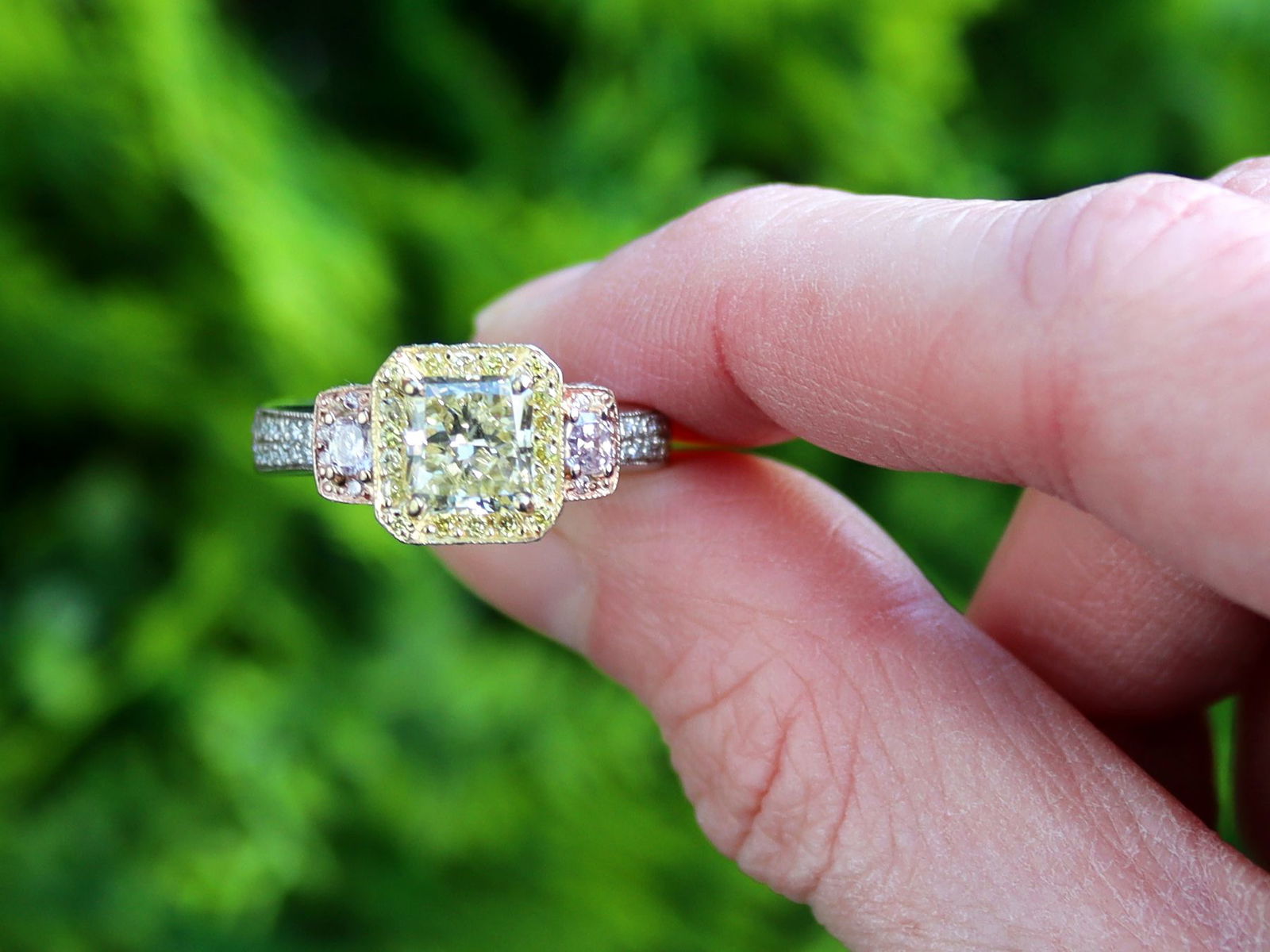When you’re buying pearl jewellery, especially new pearl jewellery, you will more often than not be buying cultured pearls. But what’s the difference between cultured pearls and natural pearls? Are cultured pearls real pearls? Which one should you choose? Today, we’re going to answer these questions.
The Difference
The main difference between a cultured pearl and a natural pearl is how they come to exist. Natural pearls grow within an oyster shell without any human involvement. Largely, natural pearls were harvested a lot throughout the 17th – 20th centuries, meaning that today they are exceptionally difficult to come by; natural pearl jewellery today is most found through pieces like antique pearl rings.
Cultured pearls are different because they are only created through human involvement. Pearl farmers insert small beads into oysters on their farms, which acts as an irritant to the oyster, and causes layers of nacre – or mother of pearl – to build up, creating the pearl itself. These pearls are very uniform in their shape, colouring, and size, while natural pearls are much more varied in their shape.
Are Cultured Pearls Real Pearls?
It’s easy to fall into the idea that cultured pearls aren’t real because of the human intervention involved in making them. Whether you think of cultured pearls as being ‘real’ or not is mostly up to you, really. From a chemical viewpoint, they’re every bit as real as any natural pearl, made the same way from inside the oyster. The only real difference is that the seed of the pearl in a cultured pearl has been placed there, leading to that uniform shape.
So, in short, cultured pearls are real pearls, although their inception is man-made rather than organic. If this is enough to put you off of cultured pearls, then your best bet for getting ‘genuine’ pearl jewellery is through antique jewellery auctions and estate auctions, since most natural pearls are already set into jewellery pieces.
Which is Better: Cultured Pearls or Natural Pearls?
The better choice between cultured pearls and natural pearls is largely dependent on what you want out of your pearl jewellery. If you like your gemstone jewellery to look more ‘organic’, then it’s probably better for you to strive for natural pearl jewellery. Because they are formed naturally over time, they often take unique shapes, with some more visually interesting colours and patterns involved. Because these pearls are exceptionally difficult to source, choosing to buy natural will be very expensive.
Cultured pearls are the wiser choice for anyone who wants to buy pearl jewellery with a more purse-friendly price tag. As well as being a cheaper choice, cultured pearls are safer to produce than natural pearls, as pearl diving can lead to decompression sickness, hypothermia, and the other dangers you could expect from spending long periods of time under water.

Injuries and deaths were relatively commonplace during the heyday of natural pearl diving, but have thankfully declined – largely because of the increase in pearl farming.
Whichever type of pearl you should choose, you should know that the appearance of the pearls will not be drastically different whether they are natural pearls or cultured pearls. The only real difference you’re likely to encounter is in their shape; natural pearls are more likely to have the subtle imperfections that some people prefer.
All pearls are stunning, and you can’t make a bad choice when it comes to choosing pearl jewellery for yourself or as a gift for someone else. So, which type of pearl would you prefer?






